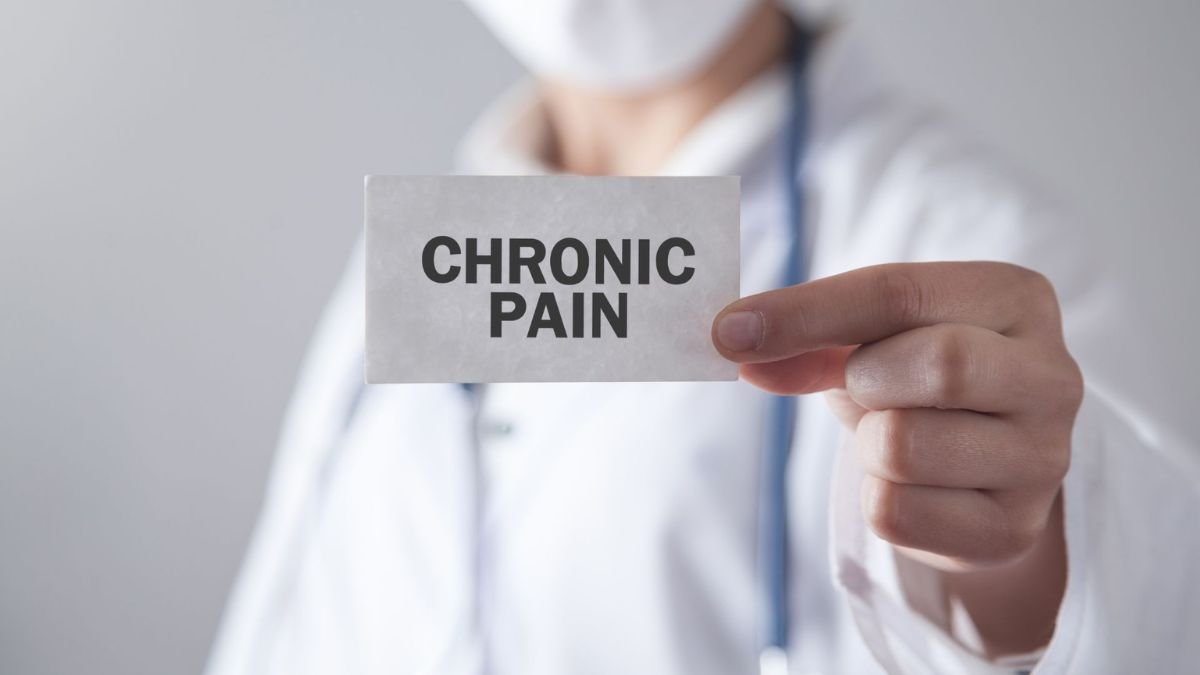Chronic pain is pain that may last for more than three months, may be continuous or periodic, and may involve any part of the body. Due to its numerous causes, it usually interferes with one’s daily life and is linked to disorders such as depression and anxiety. The management of chronic pain begins with identifying the cause of pain. However, in cases where the root cause is not easily treatable, it becomes a multidisciplinary approach that can include a combination of medication, corrective exercises, and lifestyle changes. Physiotherapist Ashford Kent emphasises that customised care is essential for managing chronic pain. Tailoring treatments to each individual’s needs can significantly improve outcomes. In this article, we’ll discover some ways to manage chronic pain for long-term comfort.
Physical Therapy and Home Exercise Program
Exercise plays a vital role in the management of chronic back pain. It usually is one of the initial recommendations of the physician or spine specialist. However, there is no single exercise program that applies to all. Exercises have to be tailored according to the patient’s symptomatology, particular condition of his back, and comfort. This includes maintaining a consistent home exercise program, which is most valuable and can be more important than the exercises done in the physical therapy clinic. Consistency helps develop and maintain the spine’s strength and stability, which helps control and minimise future pain.
Physical therapy for chronic back pain may include:
- Core Strengthening:
Strengthening the muscles of the core to provide stability to the spine
- Stretching and Flexibility Exercises:
Improving mobility while reducing stiffness.
- Posture Retraining:
Modification of posture to relieve stress from the spine.
- Pain Tolerance Testing:
Activity progresses as the pain tolerance increases.
- Aerobic Exercises:
Low-impact aerobic exercises to help improve overall fitness.
Mindfulness and Meditation
Chronic back pain can have particularly devastating psychological effects as well as physical. Many people with chronic pain become frustrated, short-tempered, and clinically depressed. A rehabilitation psychologist can help teach ways of coping with these effects of back pain. Relaxing techniques like meditation, yoga, and tai chi help not only in reducing stress but also in coping better with pain. These provide the patient with the ability to take charge of the nervous system’s response to pain and stress, hence cope better and stay focused on everyday challenges.
Dietary Changes
One of the surprising things that might help improve chronic back pain involves dietary changes. High levels of inflammation in the body will heighten pain, especially if diets contain trans fats, refined sugars, and heavily processed foods. Such consultations with a nutrition specialist could help in sending personalised guidance on how to identify and avoid those foods that trigger inflammation. A healthy weight is another key factor; excess weight puts extra pressure on the spine, furthering the pain. By transitioning onto an anti-inflammatory-dominated diet and focusing on balanced and nutritious meals, the body can fight the pain much better.
Lifestyle Changes
Several conscious minor changes in life can make all the difference when it comes to managing chronic back pain. Listening to one’s body, pacing at work, and resting amidst tiring activities are ways of not overloading the spine. When lifting heavy items, consider making several trips or seeking help to minimise strain. Note which activities aggravate your pain and try to avoid them; if possible, lean toward those that keep you comfortable and active. Breaking bad habits such as smoking can be very helpful as this delays the healing process and can increase pain. Set one achievable and manageable goal, such as improving posture or a general increase in walking, and then progress to the next lifestyle change.
Injection-Based Treatments
Conservative treatments on their own are sometimes insufficient, and injection-based treatments have given a possibility of relieving pain temporarily. Examples include trigger point injections, epidural steroid injections, and nerve blocks that treat specific sources of pain by alleviating pain, thus enabling the patient to be more active both in physical therapy and during basic daily activities. These injections are not permanent solutions but can help in pain management, especially if frequent exercises and other non-invasive procedures support them. However, injections are usually applicable when the source of pain is distinctly observed, and other methods have not resulted in substantial pain relief.
Pharmacologic Treatments
Although medication continues to be extremely valuable in the treatment of chronic back pain, its use is best bridled with wisdom. Anti-inflammatories, muscle relaxants, nerve pain medications, and even certain antidepressants may be prescribed for very specific symptoms or causes of pain. The issue is that medications have potential side effects, and over-reliance on them may result in dependency without resolution of the root problem. As a result, working closely with a physician to achieve the lowest effective dose of medications is very important. Most medications work best and cause fewer problems when they are used as part of an overall treatment plan and only for as long as they are necessary for the patient.

